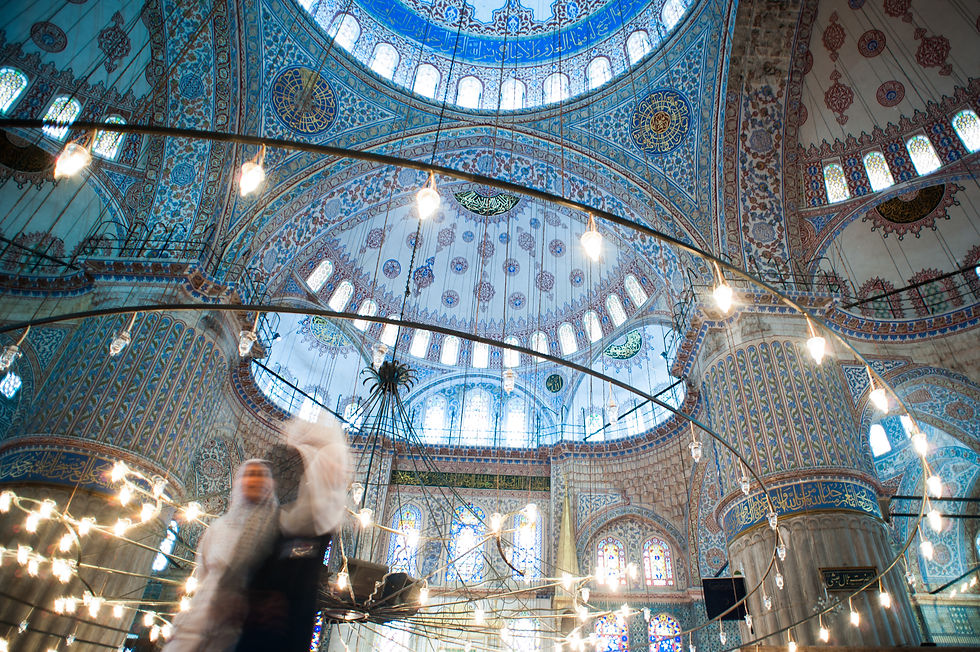Architecture in Culture
- laurahelms
- Nov 5, 2018
- 2 min read
Meso America
Incan - known for Machu Picchu in Peru. May have been built specifically as a part of traditional sun worship practices of Inti. Houses the Intihuantana Stone (translated: "place to which the sun [Inti] is tied")
https://www.machupicchu.org/machu_picchu_history.htm
Machu Picchu, Peru, c 1500AD

Mayan - known for terraced, pyramidal temples. Never unified under a single leader, each tribal group would build their own temple, focusing on their own splendor rather than stability eventually leading to the eventual division and demise of the people group.
https://www.ancient.eu/Maya_Architecture/
Temple 1 (Temple of the Giant Jaguar), Guatemala, c 700AD

India
Rejecting the Muslim influence of the period, the Hindu believing Chola dynasty used moats and fortifications to protect this temple. The Rajarajeshvara represents of the of thigh points of the southern Indian style of construction.The axis of a Hindu temple runs east to west, as does the sun. Many other featers are linked to astronomical and astrological factors. The layout of the temple itself is set in a mandala shape, thought to attract deities to dwell there.
https://en.wikipedia.org/wiki/Brihadisvara_Temple,_Thanjavur
The Rajarajeshvara or Brihadesvara temple of Shiva at Thanjavur, India, c.1000AD

With the continued influence of both colonialism and Muslim traditions, an Indo-Islamic culture was developed throughout the region. The Taj Mahal is a beautiful example of the overlap of cultures. Paid for by wealthy Mughal leaders, it is a mausoleum (tomb) for Mughal emperor Shah Jahan's favorite wife, Mumtaz Mahal. The minarets, onion dome and use of mosaic patterns instead of images of living creatures speak to the Islamic influences in the region.
Taj Mahal, India, 1648AD

European & Christian Cathedrals
Christian cathedrals could take almost 100 years to complete. A great example of this is the Chartres Cathedral. Most of the cathedral was built over a 30 year span, in the Romanesque style (limited ornamentation, strong vertical lines, geometric shapes). The north side was completed later during the High Gothic period (high ornamentation, scroll work and decoration).
Cathedral of Our Lady of Chartres, France, c. 1220AD


Islamic Mosques
The Blue Mosque, also the Mosque of Sultan Ahmed, looks across the river at the Hagi Sophia. Created long after it's bigger brother converted to Islam, the Blue Mosque was constructed to please the 19 year old sultan and boasts amazing mosaics and calligraphy throughout. It is often considered the highest example of architectures from the growing Islamic region.
The Blue Mosque, Turkey, c1616AD


Shared Cultures
Considered the pinnacle of Byzantine architecture, artists and engineers from around the world strove to match the size and scale of the work. Originally a Christian cathedral, the Ottoman empire transformed it into a mosque, removing the icons and christian images from the interior. The dome at the top of the cathedral was considered the greatest engineering feat of its day. Now a museum, the interior shows the generations of different cultures and religious beliefs housed in this great space.
Hagia Sophia, Turkey, c. 537AD

































Comments